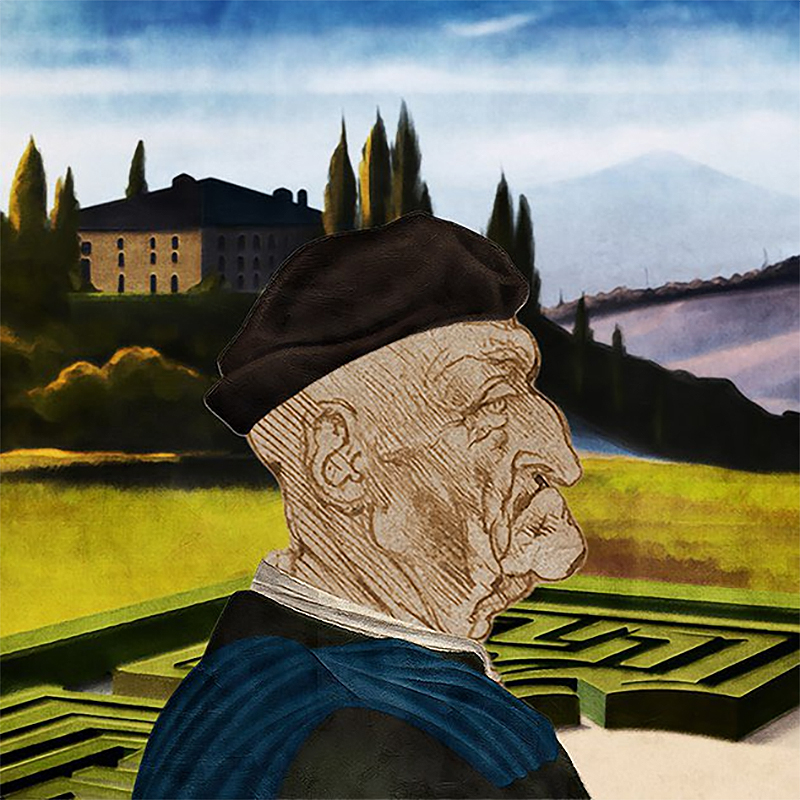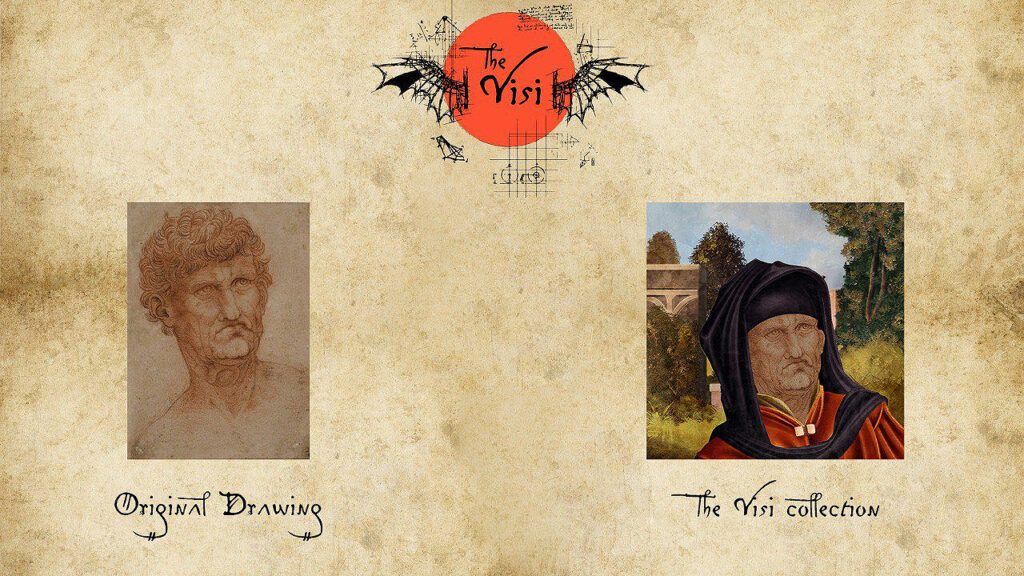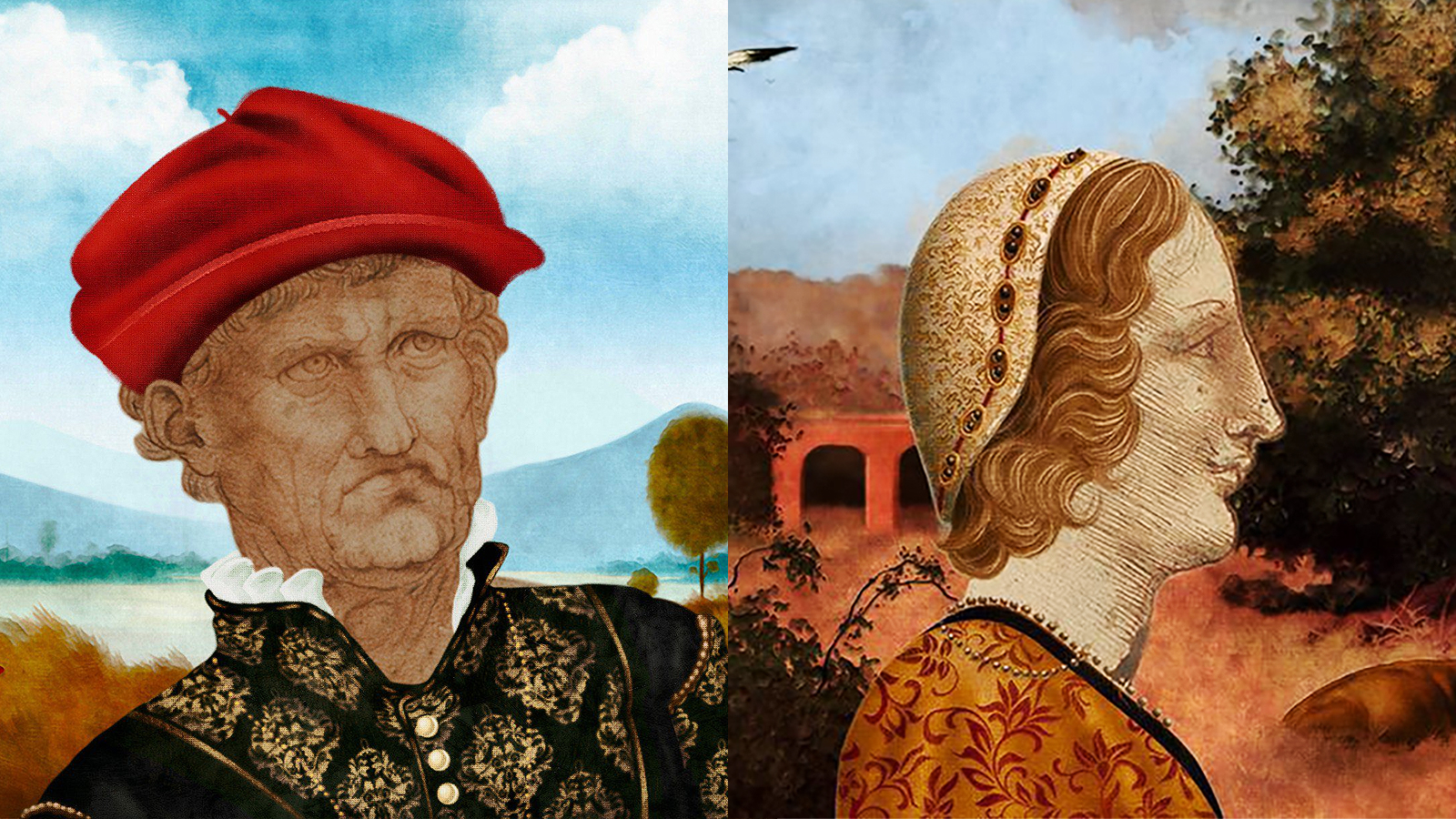The Veneranda Biblioteca Ambrosiana or Ambrosiana Library may be one of Milan’s oldest institutions, complete with 17th century bona fides, but it’s never been bound to tradition. The world’s third library to be accessible to the public, it opened with books lining cases rather than chained to tables medieval-style, and dared to attach a printing press and art gallery to its premises. It’s such innovation, built into the biblioteca’s foundations, that’s ensuring its enviable trove of manuscripts and paintings, while dating back to the 1400s, aren’t remaining there.
On April 15, the Ambrosiana Library announced its latest Web3 venture, The Visi. Arriving in the form of a PFP (profile picture) collection, the project will feature NFT avatars created by digital artists Brendon Pitt and Sandro Bertola, and drawn from the works of Leonardo da Vinci and his pupil Francesco Melzi, which are housed in the institution’s archives. In the coming months, the collection will debut in full, the first drop in a multi-year endeavor.

Image: @thevisixyz on Twitter
This, however, won’t be the organization’s first brush with NFTs or digital art. Earlier this year, the Ambrosiana Library was one of four Italian institutions to feature in Unit London’s Eternalising Art History exhibition, in which da Vinci’s “Portrait of a Musician,” a keystone in the gallery’s holdings, was minted and presented as a DAW (digital art work). That show now seems the mere tip of how NFTs have caught on in Italy’s cultural sector: most recently, the Fondazione Palazzo Strozzi has mapped a digital art exhibition, while the Vatican City itself is planning to launch its own collectibles.
Of the Ambrosiana Library’s entry, Nicola da Gubbio, part of The Visi’s communication team, puts it plainly: “The motivation behind the launch is the curiosity toward Web3.” Running alongside that interest is of course the desire to reach new demographics as much as fundraising. Here, da Gubbio expands on how the library is giving its Old Masters new frames as part of what it’s termed the “Renaissance 3.0.”
Could you share the process behind the design and production of The Visi’s NFTs?
The technical process is very complex. First of all, Veneranda Biblioteca Ambrosiana ran a high-quality scan of the drawings with special equipment and technical partners. Then we spent several months studying how to create Renaissance effects with our digital artists. The post-editing that Sandro Bertola manages is very crucial. The result is a high-quality NFT that you may think is a 1/1 artwork, but it’s not — it is a PFP and the minting price won’t be very expensive.

The Visi’s PFPs have been drawn from the library’s collection of works of Leonardo da Vinci and his pupil Francesco Melzi, digitally augmented to resemble NFT avatars. Image: @thevisixyz on Twitter
Will any additional utility be built into the PFP collection?
We’re thinking about extra utility, but when we talk about the Great Masters we have to keep in mind that the utility is the art itself. Our focus is on the product.
What do you hope this NFT project might add to the Ambrosiana Library’s brand or presence?
Veneranda Biblioteca Ambrosiana was founded over 400 years ago. Its spirit hasn’t change: [it’s still] a special place where you can meet, study, and innovate. There are many young people who visit our spaces. We are happy if new generations grow closer and closer to our institution.
What audiences does the Library hope to reach with The Visi project?
With The Visi, we see a lot of interest from young people especially from Asia. This is very great for us and what we really wanted from the beginning.
How does the Library plan to use the revenue from its NFT sales?
Revenues from sales and royalties from the collection will allow the Veneranda Biblioteca Ambrosiana to finance projects to modernize the structure, to invest in everything necessary for the promotion and support of The Visi collections, to preserve the works, to modernize the internal lighting system, to increase its ability to attract visitors, and to finance artistic and cultural projects for young people. And of course, we’ll create our own NFT collection with artworks from other artists because we really appreciate the Web3 spirit.



